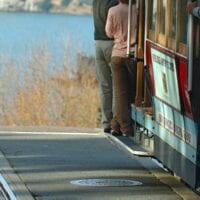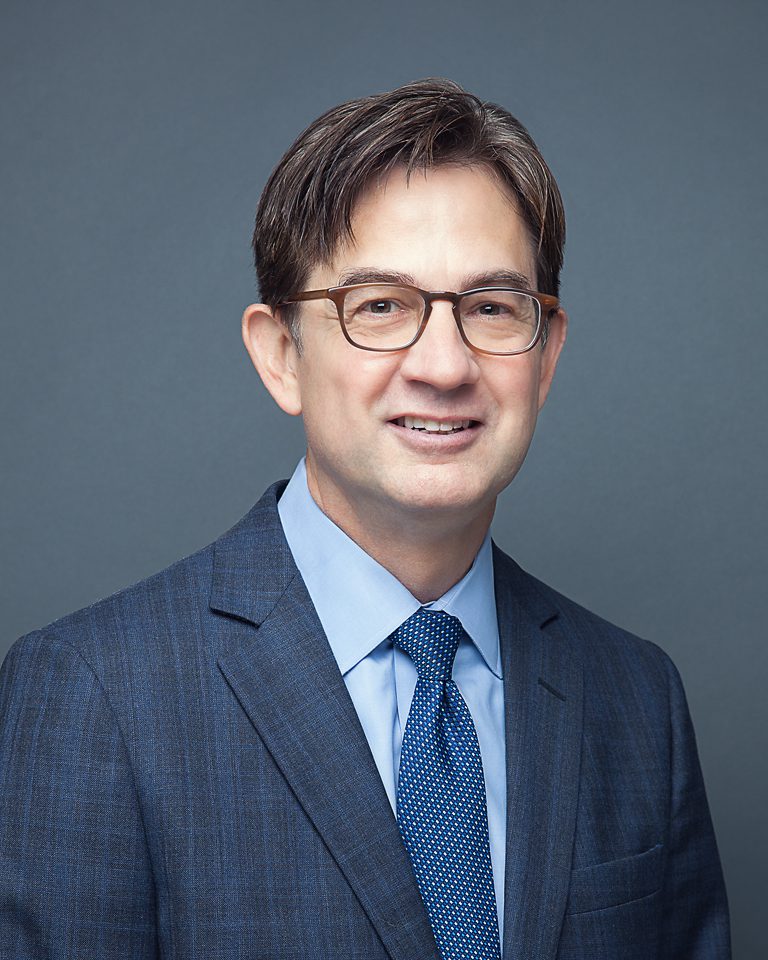San Francisco Muni Light Rail Train Collision Ends in Personal Injury

Muni Light Rail Train Collision Injures 19 People
A light rail train and a van collided in San Francisco at about 1:00 p.m. PDT on July 13, 2013. Nearly two dozen people were injured in the incident. According to City spokesperson Paul Rose, the van driver made an illegal left turn as the light rail train was slowing for a stop. As a result of the collision, approximately 19 people were taken to the hospital to receive treatment for their injuries. None of the injuries were viewed as life threatening.
Many people were aboard the train at the time of the crash, which occurred on the corner of 3rd and Evans Street. According to Sgt. William Murray, the MUNI light rail train captured a video recording of the incident. Additionally, there is a video recording created by a camera at the intersection. Thus there should be ample evidence to corroborate or contradict Paul Rose’s account of the collision.
Possible Causes of the Accident
Even if Paul Rose’s description is accurate, and the van made an illegal left turn, that does not rule out the possibility that someone else was partially at fault for causing the accident. The train (LRV) operator may have been going too fast, or may have been inattentive. There is a delay of a few seconds between the time that LRV brakes are applied and the time that actual braking begins. This delay, combined with the other factors inherent in LRVs, makes their stopping distances much longer than rubber-wheeled vehicles on the roadway. Some drivers make maneuvers around LRVs with the assumption that they can slow down or stop as cars can.
California’s Comparative Negligence
California is a comparative negligence state, which means that if the train driver or MUNI is even 1% at fault for causing the accident, then there is a possibility that the van driver can recover something from the City for his injuries.
Given the large number of people injured in the accident, injury claims for passengers will probably exceed the van’s limits. Usually, the driver of a non-commercial vehicle maintains an insurance policy with limits of $300,000 or less—far too little to cover everyone’s medical bills, pain and suffering, In a situation like this, involving more than a dozen victims, some of the victims could potentially recover under their own “underinsured motorist” coverage, if they have cars.
As a common carrier, MUNI is held to the highest duty to exercise the care to make the train rides safe for passengers. Thus, passengers may attempt to make claims against MUNI, even though the van is apparently primarily at fault.
Joint Liability for Those Responsible
Under the doctrine of joint and several liability, if there are multiple parties (e.g. the train driver and the van driver) whose actions caused the injury of a passenger, then each of the culpable parties can be held fully liable for the economic, or special damages caused. Damages for pain and suffering, though, are only recoverable to the extent of the fault percentages. This limitation, found in Civil Code Sectioni 1431.2, has been in place since Prop 51 was enacted in 1986.
Ask a San Francisco Muni Accident Attorney
If you know anyone who was involved in an accident who needs the assistance of an MUNI accident lawyer to help recover the damages suffered, don’t hesitate to contact our offices for a free consultation with an experienced MUNI lawyer. Call 415-541-0300 now.

Boone Callaway is a personal injury & medical malpractice lawyer in San Francisco who has been working with clients in the Bay Area for over 25 years. Mr. Callaway is one of only a few personal injury litigators in San Francisco who is a Super Lawyer, AV Rated and is also a member of ABOTA – American Board of Trial Advocates.
